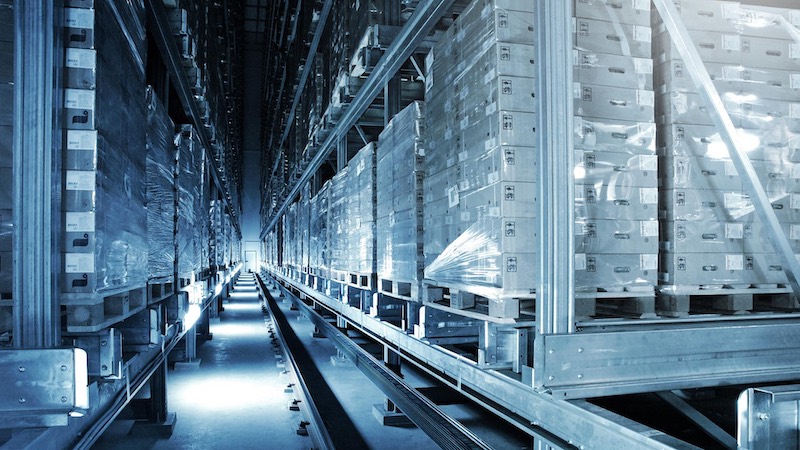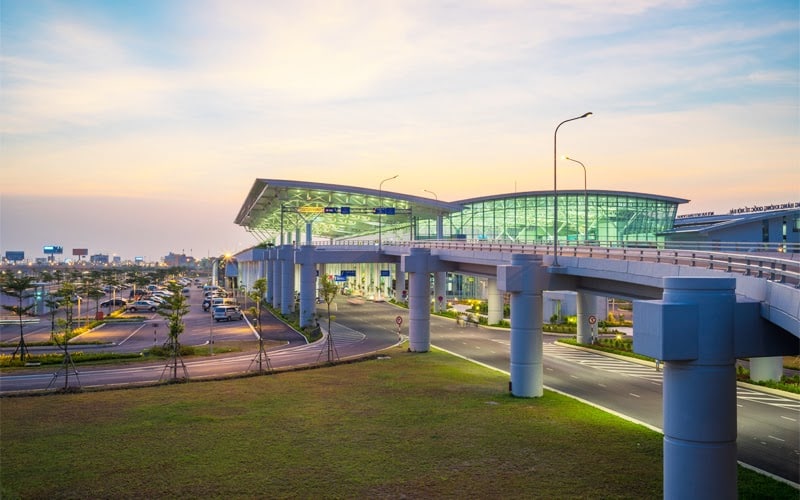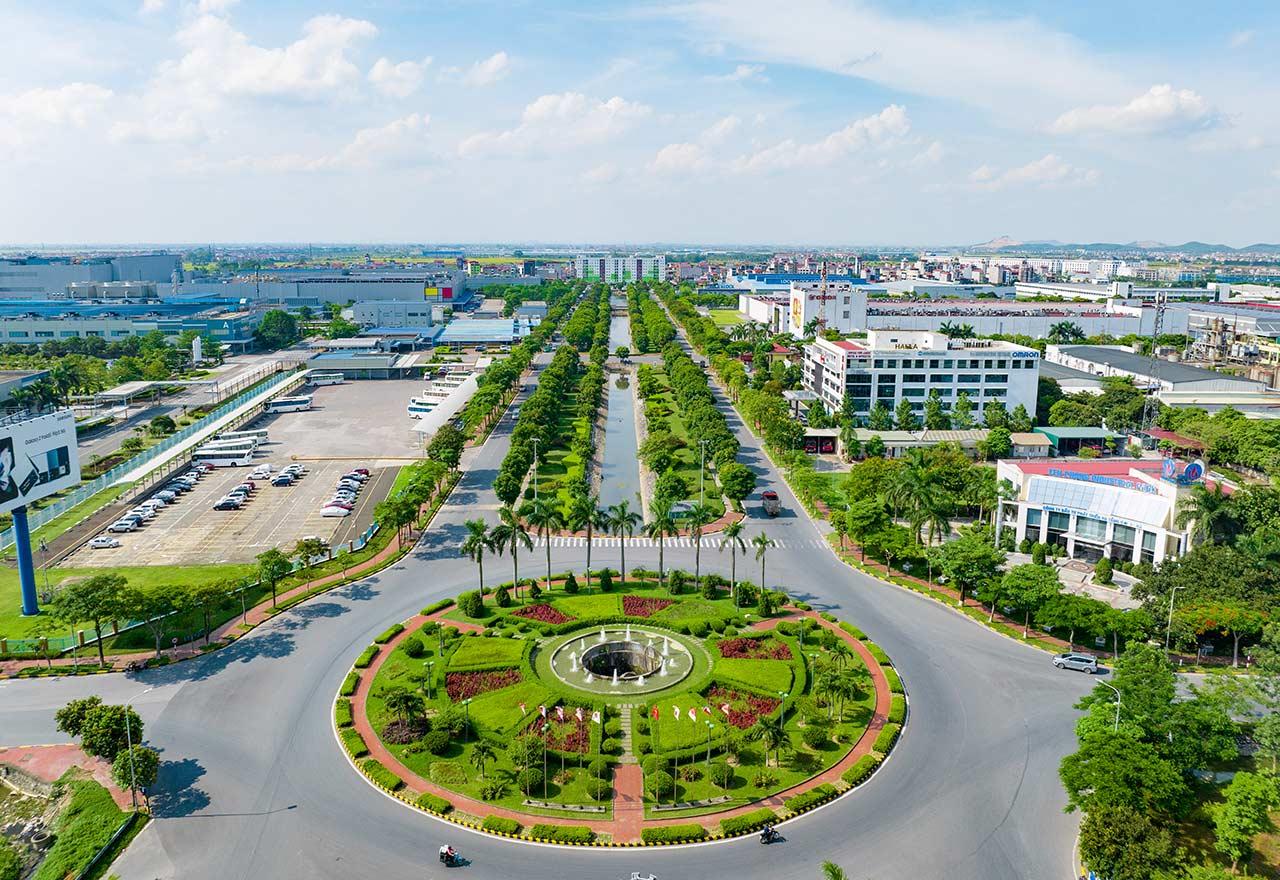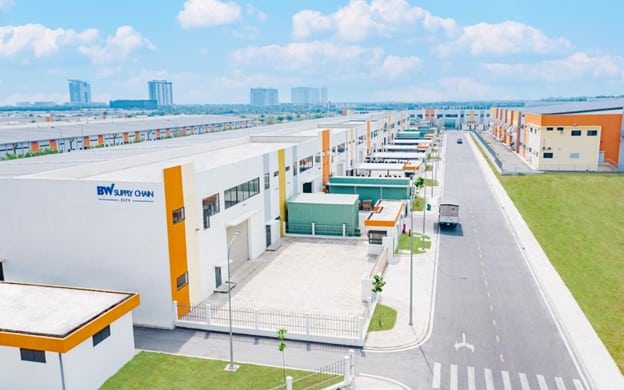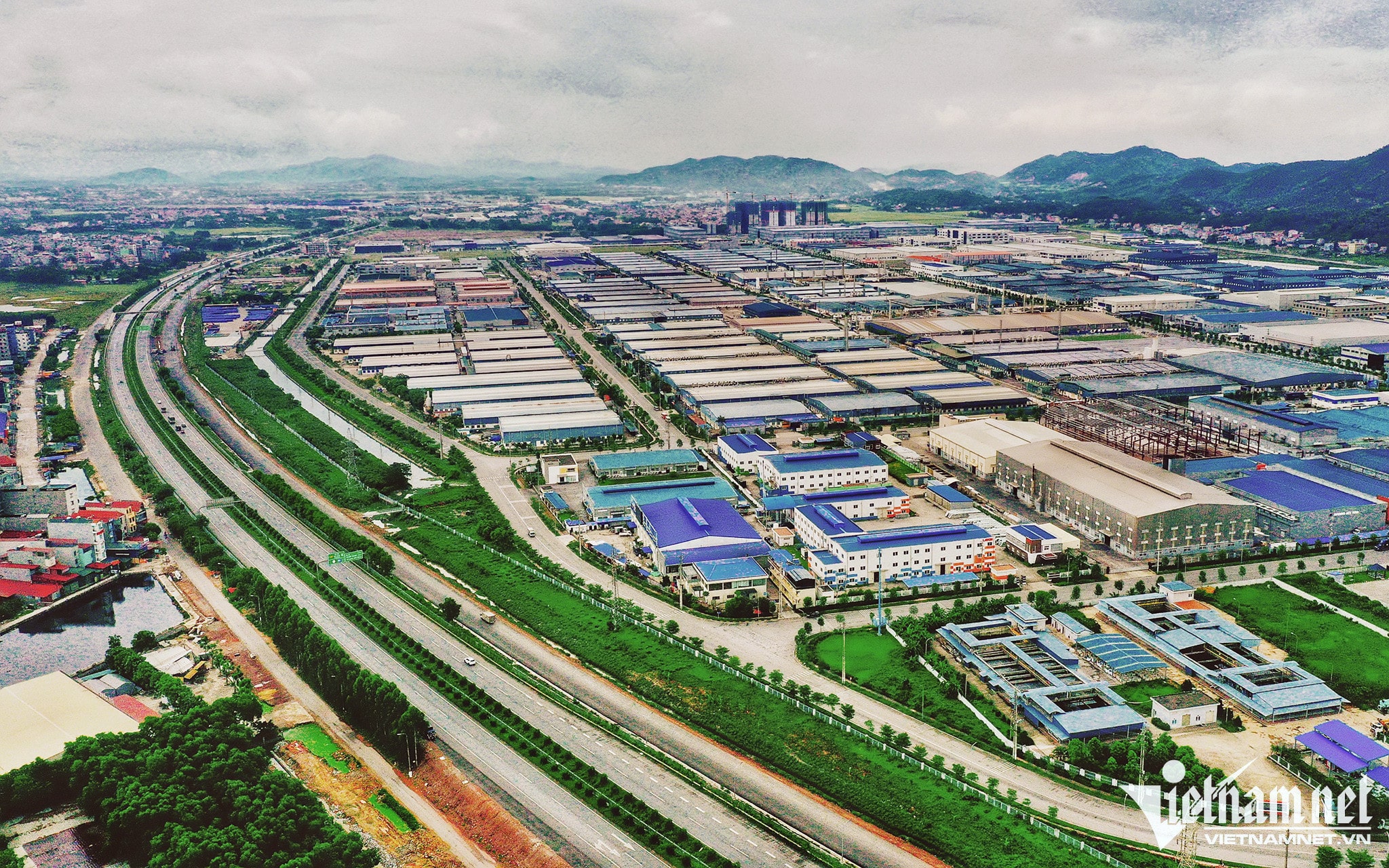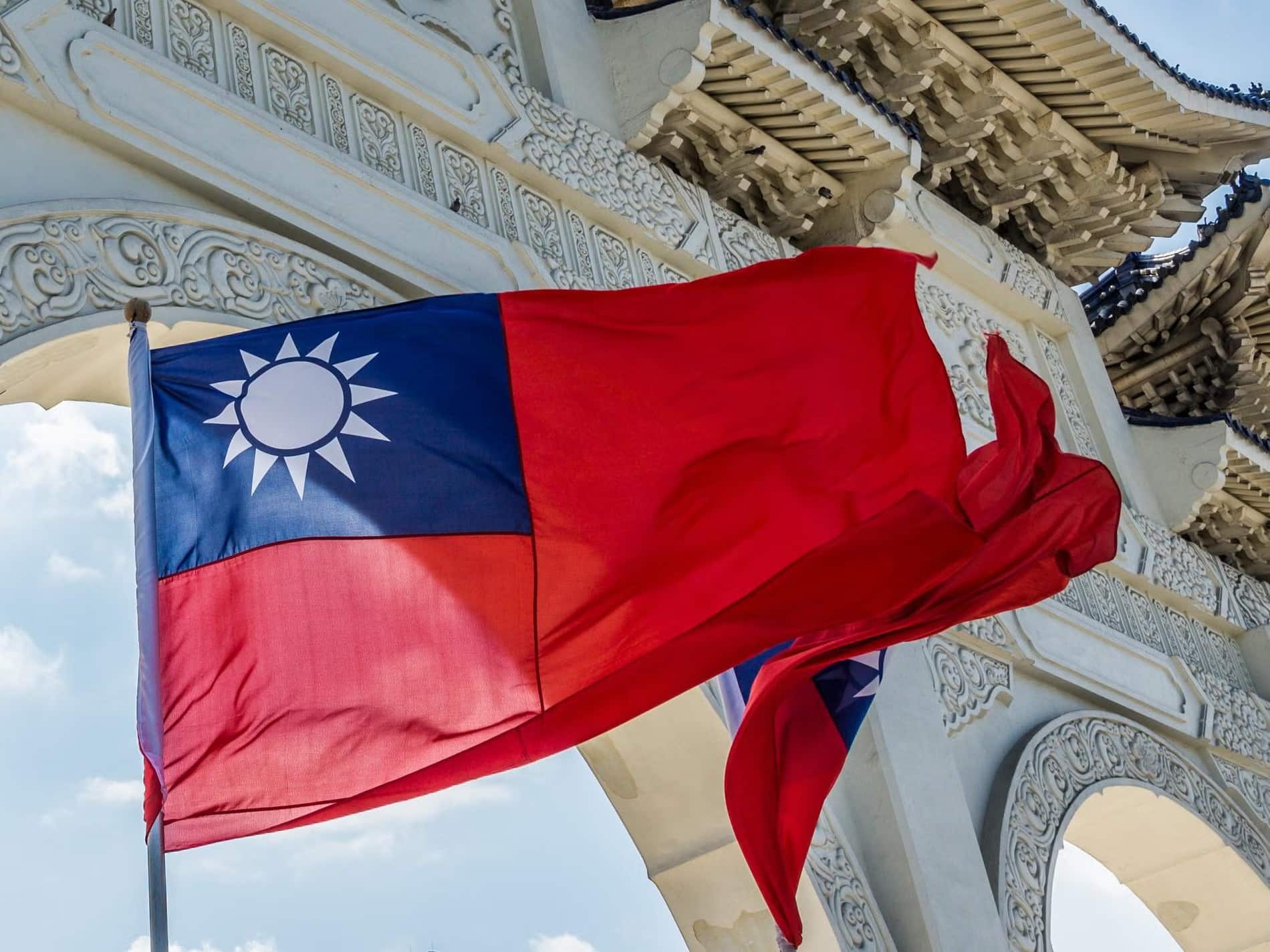Vietnam’s cold storage industry is predicted to expand rapidly due to high demand. However, this expansion is hampered by a scarcity of providers. In 2024, cold storage for lease in Vietnam, especially facilities for heat-sensitive items, are expected to shake up the industrial real estate industry.
The rising demand for cold storage warehouse for lease in Vietnam
Cold Storage Warehouse For Lease in Vietnam – Market Overview
The need for cold storage warehouses for lease in Vietnam is increasing, driven by a number of reasons that highlight the country’s need for a strong cold chain infrastructure. Vietnam’s cold chain market is critical to maintaining the safe and effective storage and transportation of temperature-sensitive items such as livestock, seafood, fruits and vegetables, medicines, and vaccines.
Vietnam’s refrigerated facilities sector is estimated to be valued $295 million USD by 2025, with an annual growth rate of 12%, according to Ken report’s recent report “Vietnam Cold Chain Market Outlook to 2026,” and the industry is expected to grow at a 14.8% CAGR between 2021 and 2026. Despite expectations of rapid expansion, the market is still in its early stages.
Several reasons are driving the market’s fast expansion:
– Rising Demand: A burgeoning middle class with more disposable cash is driving up demand for frozen and processed foods, medicines, and other temperature-sensitive products.
– E-commerce Boom: The fast expansion of e-commerce platforms like as Shopee and Lazada is opening up new opportunities for cold chain logistics, particularly last-mile delivery.
– Government programs: The Vietnamese government is aggressively encouraging investments in cold chain infrastructure through programs like as the Logistics Development Strategy 2021-2030, which will help drive industry growth.
Read more: Logistics Industrial Real Estate in Vietnam: A Profitable Investment Opportunity
These elements combine to highlight Vietnam’s cold storage warehouse market’s enormous potential, making it an appealing location for investors and stakeholders seeking to capitalise on the country’s fast economic expansion and shifting consumer tastes. As Vietnam’s cold chain sector evolves and expands, there are several potential for creative solutions and strategic collaborations to promote industry growth and fulfill rising demand for cold storage for rent in Vietnam.
Read more: Leasing cold storage in Southeast Asia
Factors Affecting Leasing Cold Storage Warehouse in Vietnam
Building upon the burgeoning opportunities outlined above, let’s delve deeper into the factors influencing the development of cold storage warehouse for lease in Vietnam.
The growth of the middle class in Vietnam
The emerging middle class population has acquired a demand for fresh products in the current time, as seen by the consistent demand for imported fruits and vegetables from countries, for example the United States, Australia, China, Japan, and South Korea.
Changes in customers’ behavior
The pandemic’s volatility continues to disrupt the business industry, causing changes in customer purchasing behavior, one of which is the transition from in-store to online shopping. This change in the way people buy things is driving the growth of online suppliers and e-grocery stores, which don’t need physical storefronts to serve customers. This means they can run with lower costs and a wider range of distribution channels.
Read more: Difference between warehouse and distribution center
During the lockdown, people’s purchasing patterns shifted from buying fresh products from traditional markets to buying online food retailers, emphasizing the importance of the cold chain. The increased demand is pushing company owners to respond by expanding cold storage capacity to manage the unpredictability of global supply interruptions during the last two years, resulting in a construction expansion in the country.
Increase in supermarkets and convenience stores
The increasing number of supermarkets and restaurants has boosted the requirements for cold storage and transport networks to keep products fresh and preserve quality. In Vietnam, it is estimated that the demand for cold warehousing is approximately equal to the number of supermarkets currently operating.
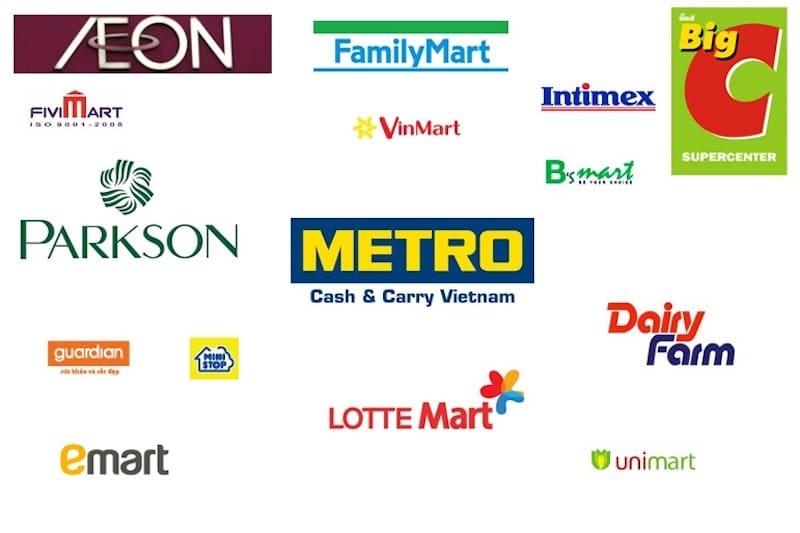
The growing number of supermarkets
Minimarts and convenience stores are the key drivers of Vietnam’s cold chain market. Restaurants, shopping centers,, and supermarkets have helped to increase the demand for refrigerated transportation. In recent years, supermarkets and minimarts have grown in popularity among Vietnamese consumers in recent years. This is supported by the observation that there are over 6720 convenience stores and more than 360 supermarkets around the country, with this number anticipated to rise in the future.
Domestic and multinational supermarkets are extending their presence in Vietnam, fueled by rising urbanization and the expansion of retail e-commerce. At the same time, international investors are capitalizing on Vietnam’s high-potential retail industry through a variety of development techniques including as M&A, franchising, and partnerships. This is an ideal time for international firms to engage in Vietnam’s retail business, particularly the supermarket segment.
Read more: Factors to Consider with Warehouse for Leasing in VietNam
Leasing Cost of Cold Storage Warehouse in Vietnam 2024
Cold storage quotations in Vietnam cost substantially more than normal warehouses for rent for lease. Rental prices for cold storage equipment (chillers or freezers) can range from 50% to 100% or even higher, depending on the type of warehouse. Warehouse rent for refrigerated and frozen commodities is average between $45 and $90 per square meter. Businesses gain competitive advantages based on a variety of factors, including warehouse capacity, pallet count, fleet of customized and professional vehicles, temperature range, network coverage, and location.
Leasing or Buying Cold Storage Warehouse: Which is the Beneficial Option for Businesses?
As organizations negotiate the complexity of the cold storage market, recognizing the relative benefits and downsides of leasing vs purchasing is critical for making educated decisions that line with organizational goals and financial concerns. In this article, we look at the elements that influence this decision-making process, as well as the pros and drawbacks of each choice.
Read more: A Guide to Logistics and Warehousing
Making the option between leasing and purchasing a cold storage warehouse is crucial for organizations looking to optimize their logistical infrastructure. Here’s a few factors to consider when making your decision:
Duration of commitment
Owning the real estate and infrastructure for a food and beverage cold chain facility might make sense for manufacturers or even retailers who service a stable, long-term market. For many companies in the food and beverage industry, leasing can be a reasonable choice for up to ten years, but if a longer commitment is guaranteed, owning may be the way to go.
Investment in necessary equipment
Cold storage facilities, by nature, need a bigger expenditure. Given the high cost of cooling equipment, taller building construction for more capacity, and dense storage with more complicated racking systems, the square footage cost is much higher than for a normal warehouse. The initial difference in an investment in cold storage for lease in Vietnam is 2-3 times that of a standard storage facility.
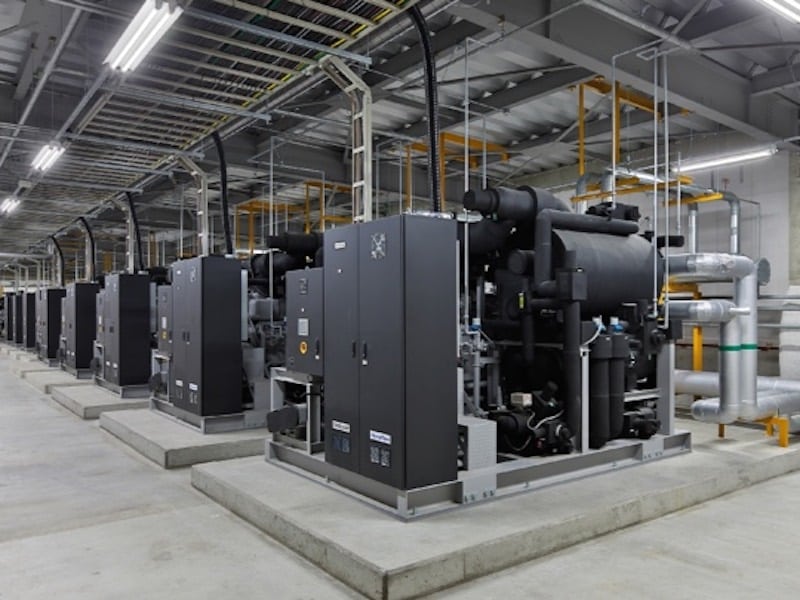
Cold storage warehouses require a large initial investment.
Operating costs
Because various items require different temperatures, cold-storage facilities frequently cannot service the whole spectrum of whole products, necessitating the utilization of more than one facility to provide a wide variety of retail or institutional demands. As a result, ongoing expenditures are higher.
Flexibility
A long-term commitment to ownership may not be the best choice for a manufacturer or retailer who serves dynamic markets or sectors that are prone to seasonal changes and need to be flexible.
The growth of e-Commerce
The huge shift to online shopping caused by the pandemic is not expected to slow down, which makes leasing a more appealing option.
High-Quality Available Cold Storage Warehouses for Lease in Vietnam from Savills
A factory for lease in Binh Duong
– Location: Bau Bang, Binh Duong Province
– Total area: 430,000 m²
– Vacant area: 225,153 m²
– Price: $4/m2
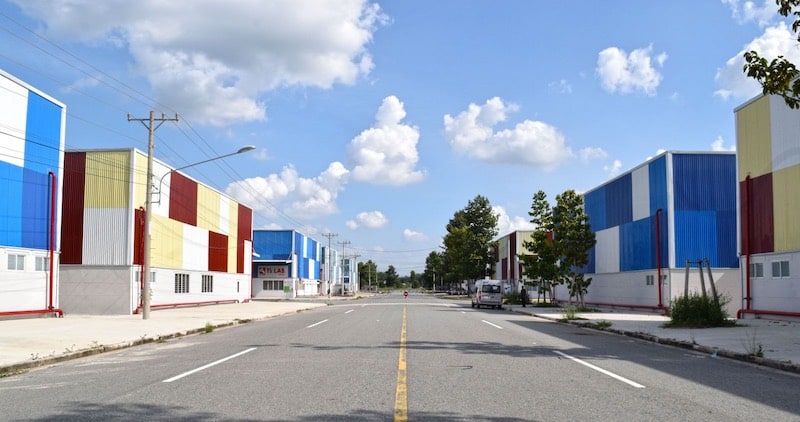
Quotation for a cold storage warehouse for lease in Vietnam
– Key features:
+ Complete design, ready-built factory with completed technical infrastructure and traffic system.
+ Suitable for light industries and small and medium enterprises.
+ Located in Binh Duong industrial zone, strategically linked with the southern key economic region, effectively managed and strongly supported by the government in tax policy.
High Quality Warehouse for Lease in Bac Ninh
– Location: Yen Phong, Bac Ninh Province
– Total area: 120,000 m²
– Vacant area: 70,000 m²
– Price: Contact
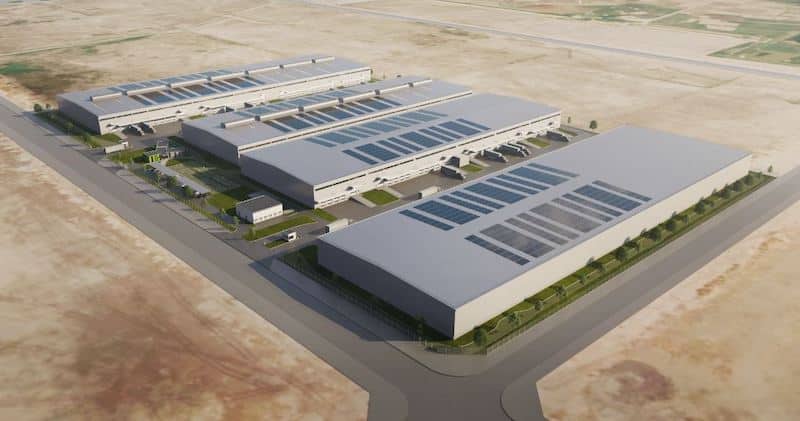
Ready-built warehouse for lease in Bac Ninh
– Key features:
+ A vital economic zone with great transit connections
+ Developed and run by in-house teams with complementary areas of competence, such as knowledge of local features and legislation, production, economic and environmental factors, and building processes.
+ There is skilled and plentiful labor in the surrounding region. Access to the huge northern consumer markets is simple.
+ Modern facilities
+ LEED Gold Certification
Warehouse for Lease in Hanoi
– Location: Long Bien, Hanoi
– Total area: 8,900 m²
– Vacant area: 4,400 m²
– Price: Contact
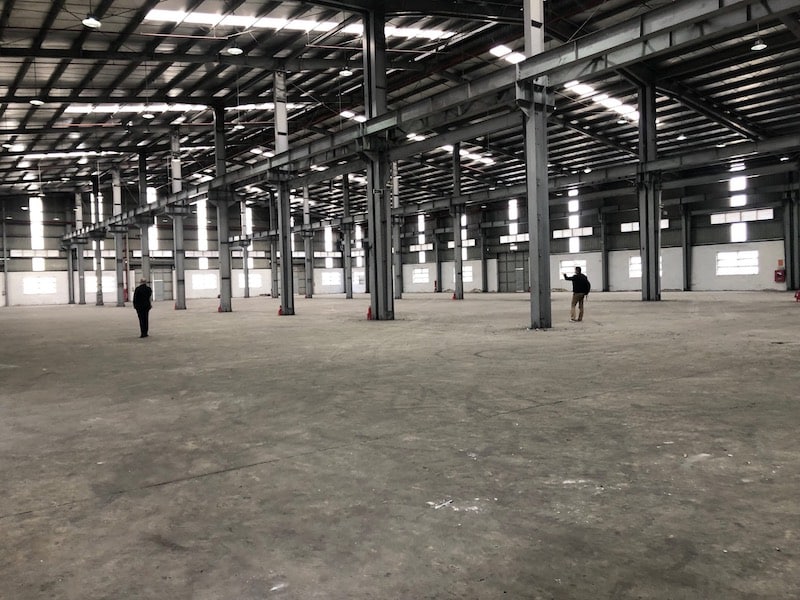
Warehouse on the outskirt of Hanoi
– Key features:
+ Strategically located in Hanoi city; convenient transit; and simple travel between locations.
+ Located in the largest market in the North, with a highly skilled and plentiful workforce.
+ Modern and abundant facilities
+ Encouraging tax incentives
+ Long-experience landlord
Warehouse for lease in near Cat Lai Port
– Location: Cat Lai IZ, District 2, HCMC
– Vacant area: 5,390 m²
– Price: $6/m²
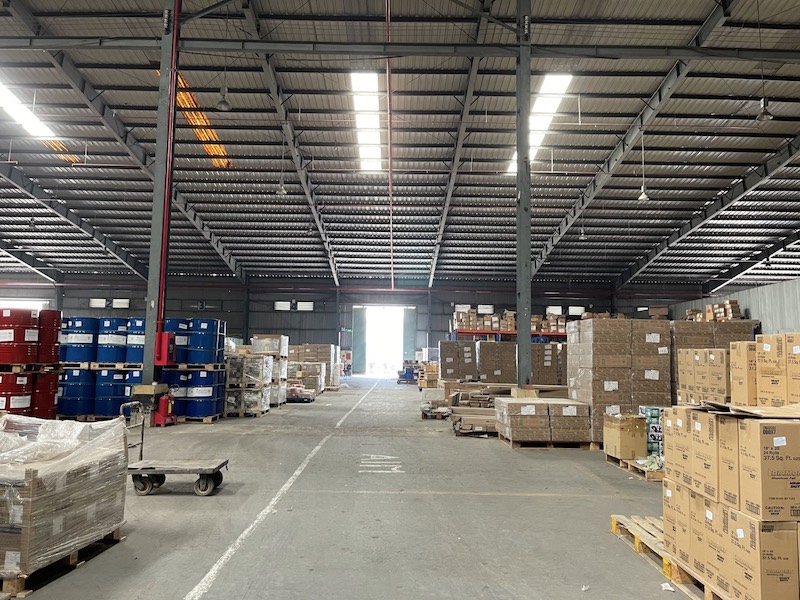
Warehouse for lease in near Cat Lai Port
– Key features:
+ Including warehouse and office space, restrooms, fire and sprinkler systems, and power stations.
+ Strategically located only 5.5km from Cat Lai port and 12km from Ho Chi Minh City center, this is a rare rental opportunity in Cat Lai, with direct access to Vo Chi Cong and Nguyen Thi streets.
Conclusion
Growing demand for leasing cold storage in Vietnam indicates a bright future for potential suppliers, but there is still an opportunity for improvement in the existing cold storage network. There are few procedures in place to assure complete safety and efficiency, supply networks are decentralized, and the market is dominated by small and medium-sized warehouses. As a result, the country requires not just more large cold storage providers, but also additional cold storage centers with full services and a coordinated network.
Savills Industrials Vietnam, one of Savills’ best industrial real estate offices, offers customized lease and investment advice to occupiers, developers, and investors. Savills Industrials’ objective is to provide trustworthy advice, financial assistance, and industrial real estate consulting services.
If you are in need of industrial real estate buying, selling and leasing services with the help of experts, contact Mr. John Campbell for more information now!
Read more: Unlocking the Ideal Warehouse Space for Your Business Needs in Vietnam: A Savills Industrial Guide



